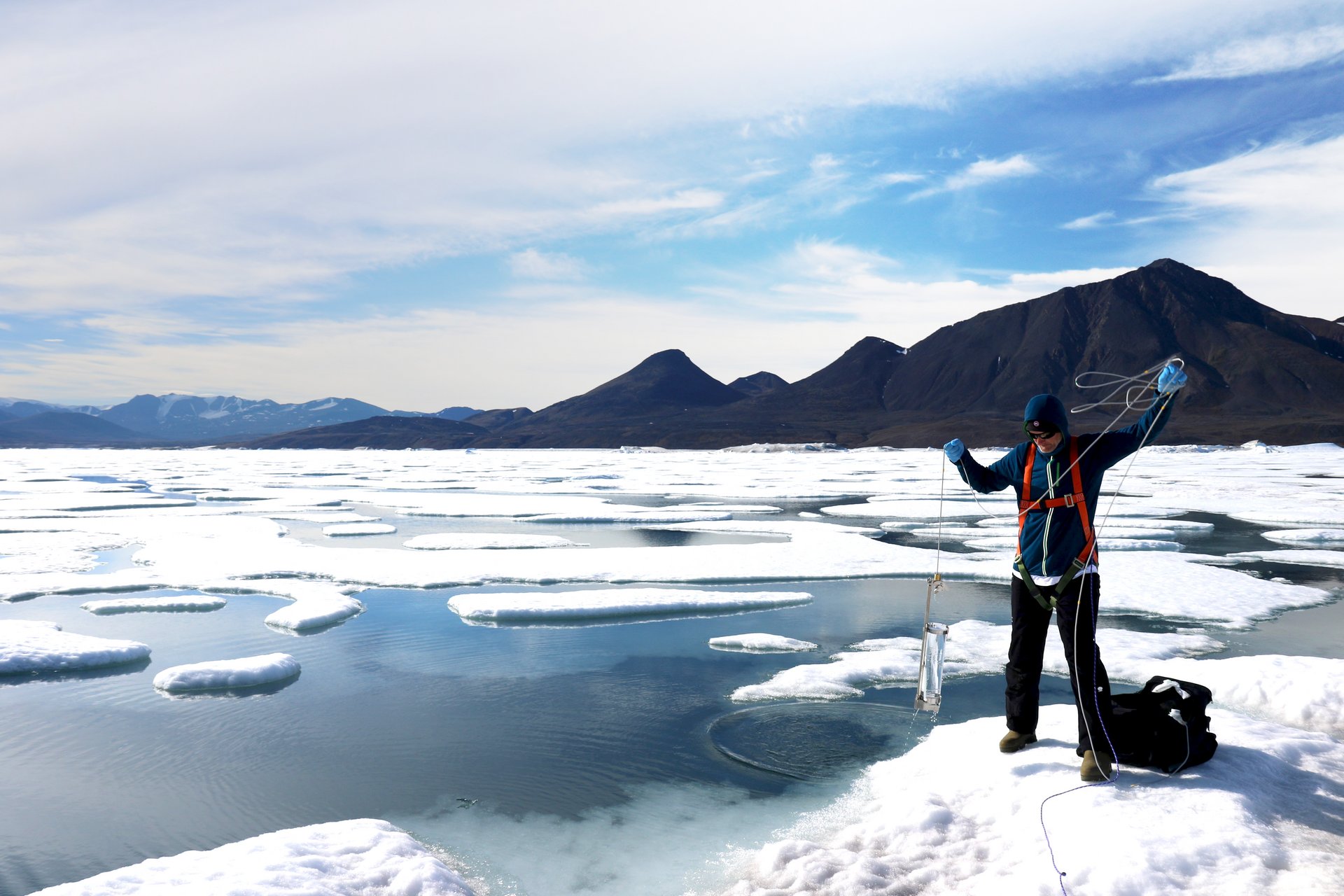Global warming is causing major transformations in the Canadian Arctic, where ice cover and permafrost are disappearing at an alarming rate. Understanding these changes is essential to assessing their impact on the region's fragile ecosystems.
As a leader in northern studies, the Faculty of Science and Engineering is multiplying its collaborations and interdisciplinary projects to further research on the subject. Internationally renowned professors are studying the effects of ice fluctuations and surface temperatures on Arctic marine life, the role of carbon in northern lakes, and the transition from Arctic to boreal ecosystems.
This work is contributing to a better understanding of the environmental challenges posed by global warming, and providing a solid foundation for the preservation and adaptation of Arctic ecosystems.
